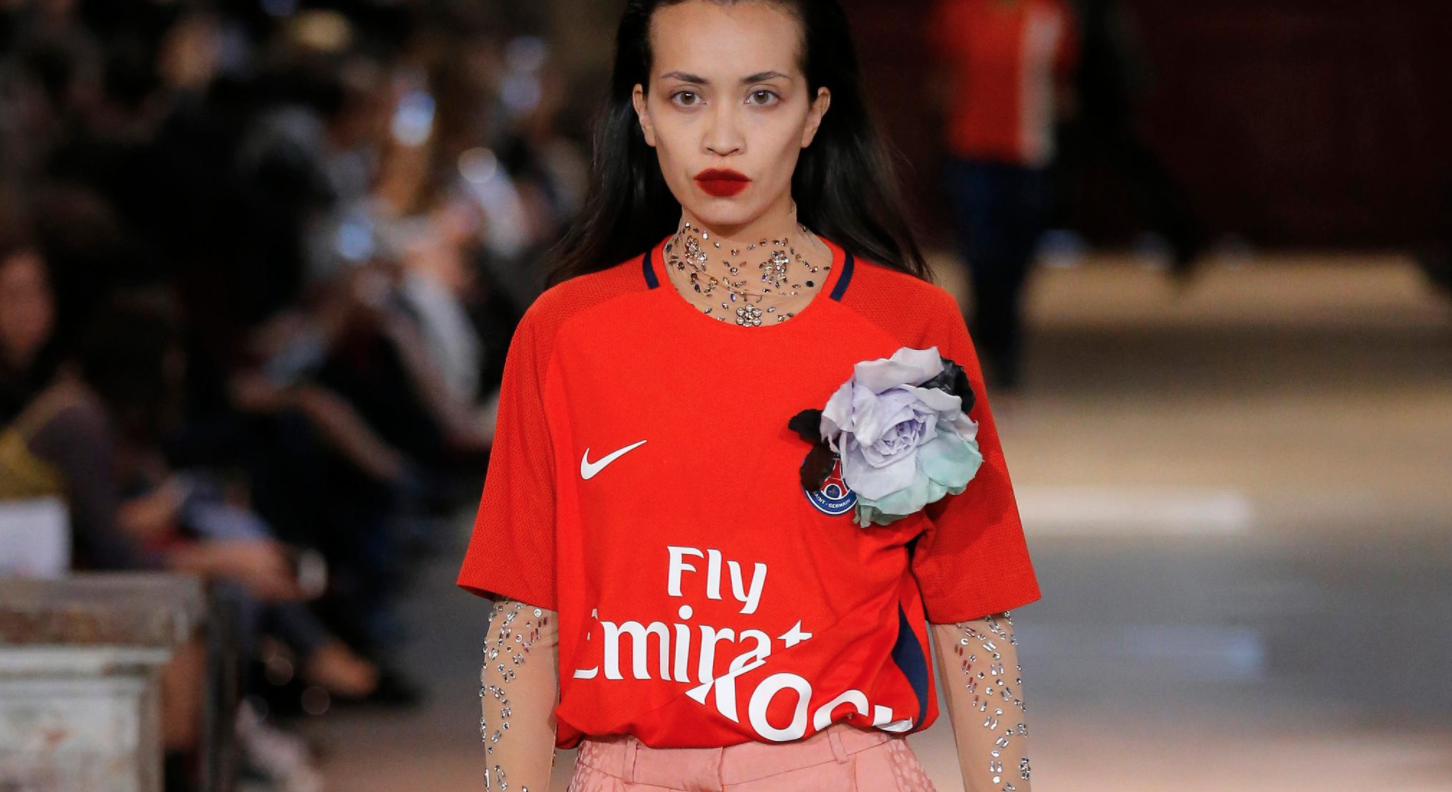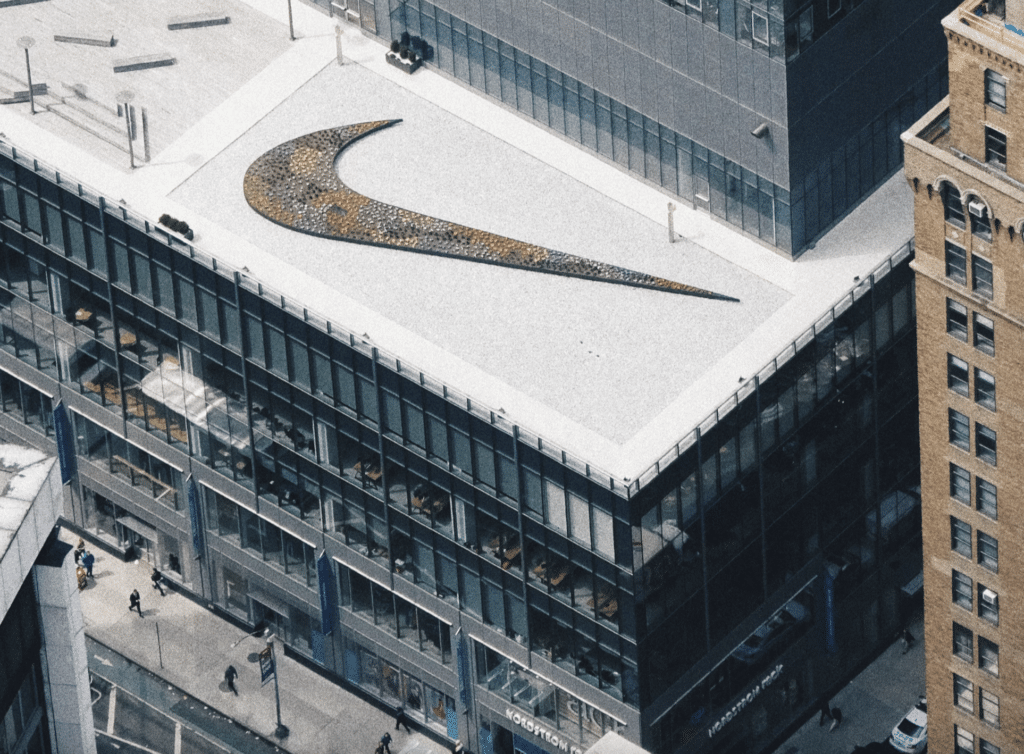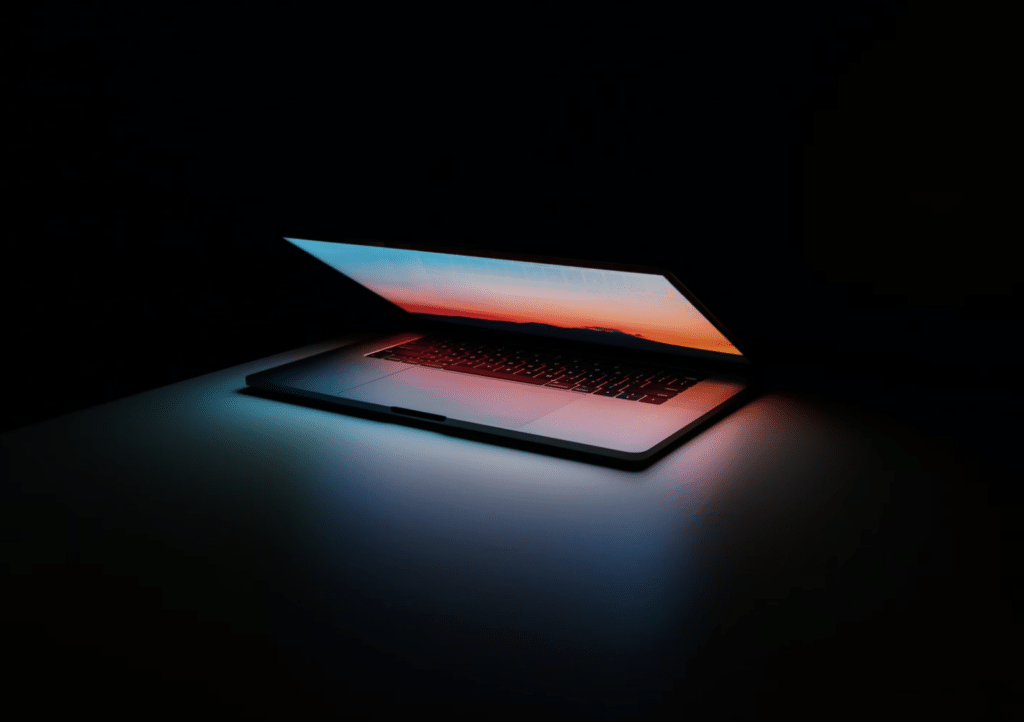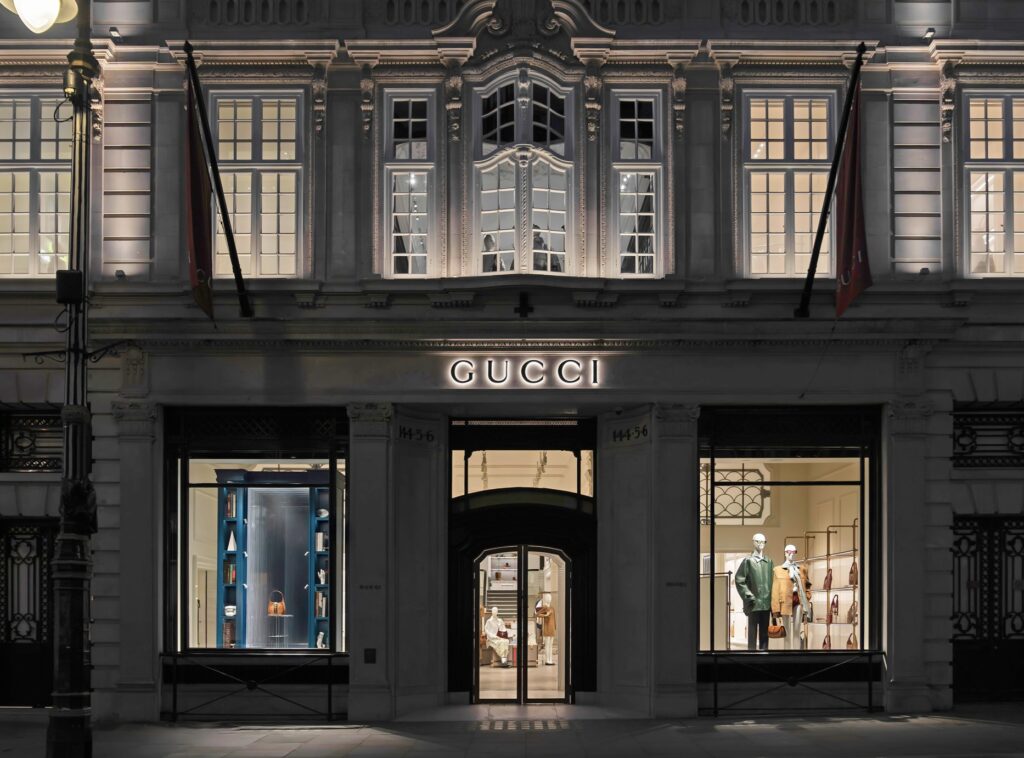
Logo-laden luxury goods are hardly the only types of apparel and accessories targeted by counterfeiters. In addition to fake Louis Vuitton bags and Gucci tees, another frequently copied category of items: Sports merchandise, and the U.S. Customs and Border Protection’s (“CBP”) Apparel, Footwear and Textiles Center of Excellence and Expertise has recently announced a significant number of interceptions of infringing products in light of the Super Bowl in Minneapolis.
Spikes in counterfeit merch – goods that bear a trademark made to look identical to another’s registered trademark and produced on the same type of goods as those registered by the rightful trademark holder – tend to accompany prominent sporting events, such as the NBA Finals, Stanley Cup, Super Bowl, and especially, the World Cup, which routinely draws viewers from around the world and a lot of them.
“Enforcing IPR laws is a priority trade issue for CBP and helps to protect America’s economic security and competitiveness,” said Director Eric Batt, Apparel, Footwear and Textiles Center of Excellence and Expertise. “The significance of that mission is magnified even more during national sporting events.”
“We remain committed to ensuring that arriving merchandise adheres to federal [intellectual property] law and shipments that infringe on registered trademarks will be targeted and seized.”
Yet, despite the CBP’s dedication to fighting fakes, the counterfeit trade is more significant than ever. In 2016, alone, the U.S. government seized $1.38 billion in counterfeit goods across various industries. The counterfeit trade, as a whole, however, was valued at more than $460 billion – and growing – in 2013, making the number of seizures rather small in comparison.
Global data put forth in April 2016 by the Organization for Economic Co-operation and Development showed that Rolex, Nike, Ray Ban and Louis Vuitton were the brands whose counterfeits were most commonly seized (almost certainly because these companies dedicate significant resources on anti-counterfeiting initiatives). Such put footwear at the top of the list of the most frequently counterfeited type of product, followed closely by clothing, leather goods and electronics.
Despite increasing CBP know-how and trademark holders’ enduring efforts to fight fakes, counterfeits continue to pass CBP scrutiny largely due to the way that the counterfeit trade has evolved.
Fakes certainly still find themselves in the U.S. thanks to bulk overseas shipments. In December, one bust, alone, in Nassau County, New York, resulted in a seizure of $25 million in China-made counterfeit designer watches, belts and purses, bearing the brand names of Rolex, Gucci, Louis Vuitton and Burberry, authorities said.
While large-scale shipments of fakes across countries’ borders are routinely busted by customs agents, an ever-growing number of fakes are going undetected, largely because shippers are bypassing bulk shipment altogether. Instead of being shipped amongst millions of dollars of other fake goods destined for retail (largely at flea markets, Canal Street, and the like), counterfeits are being sent individually to e-commerce shoppers.
As noted by Bloomberg last year, no shortage of fakes “arrived via express courier and international mail. Why? Because fakes increasingly are being bought online-largely at Amazon.com and eBay – and often shipped direct to Americans’ homes in individual packages.” And do not forget Alibaba’s platforms, as the Chinese e-commerce giant has been consistently called out by the U.S. Trade Representative “due to the large volume of allegedly counterfeit and pirated goods [it makes] available and the challenges right holders experience in removing and preventing illicit sales and offers of such goods.”
Due to the rise in availability of counterfeit goods online and the resulting increase in individual sales, government officials are forced to find and seize counterfeits one-at-a-time in a stream of 250 million individual packages, which enter the U.S. each year. “Shoppers can buy things online direct from China and everything comes through the mail,” says Matthew Bourke, a spokesman for the National Intellectual Property Rights Coordination Center, part of the Department of Homeland Security. “It makes enforcement incredibly difficult.”
But the problem is not merely grounded in the increased access to and the convenience of buying counterfeit goods. Another – more foundational – aspect of the equation is that many consumers are simply not opposed to buying fakes.
An Associated Press report published in February stated, “Consumers may see fakes as ‘fun’ and feel clever to buy sunglasses or sneakers that look like the real thing but cost a fraction of the price.” As noted by the World Intellectual Property Organization this year, younger generations are simply less opposed to buying fakes than older ones.
With this in mind, part of the problem, according to Department of Homeland Security assistant special agent Richard Halverson, consumers tend to view buying a fake jersey to save a few bucks as harmless. But given that counterfeiting efforts have consistently been tied to international crime rings that use the practice to launder money from illegal drug sales and human trafficking, “this is not a victimless crime,” Halverson says.











